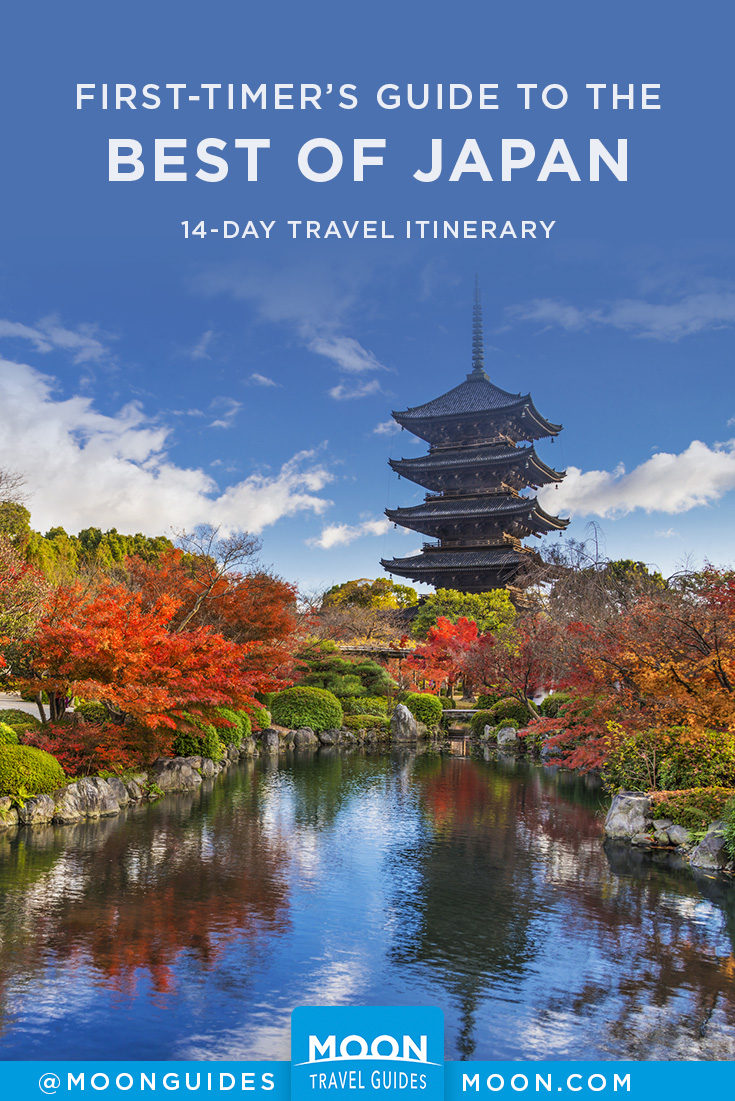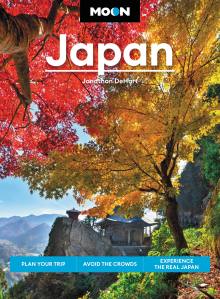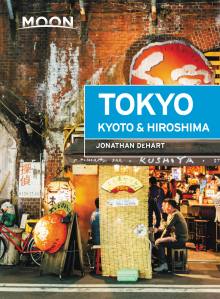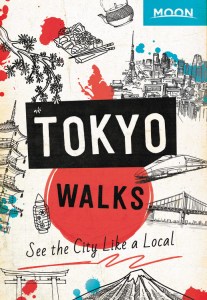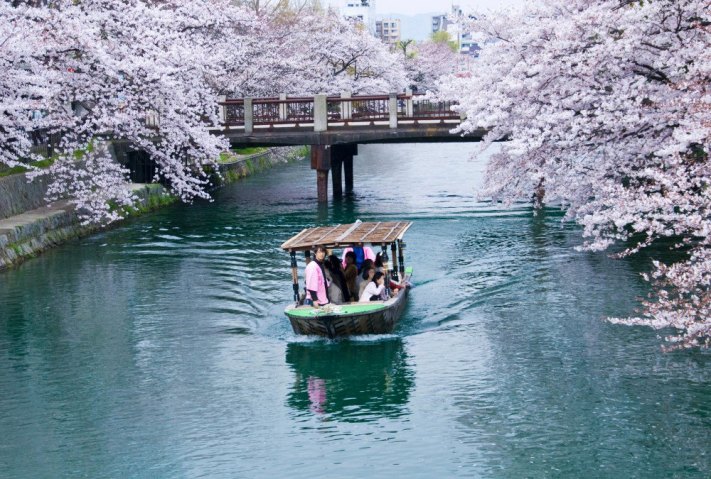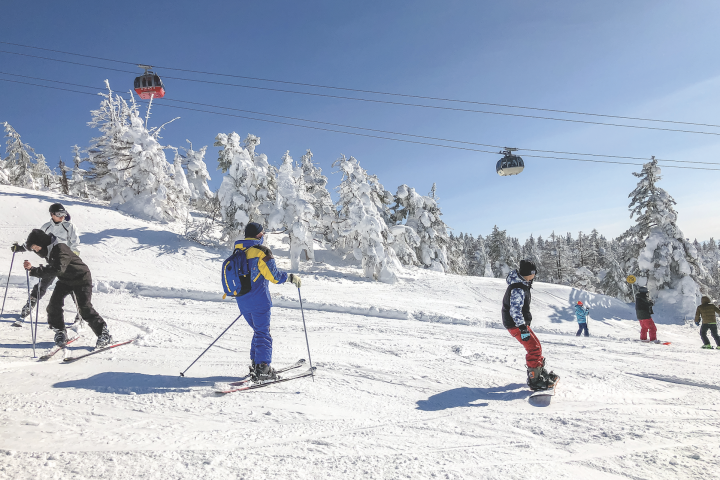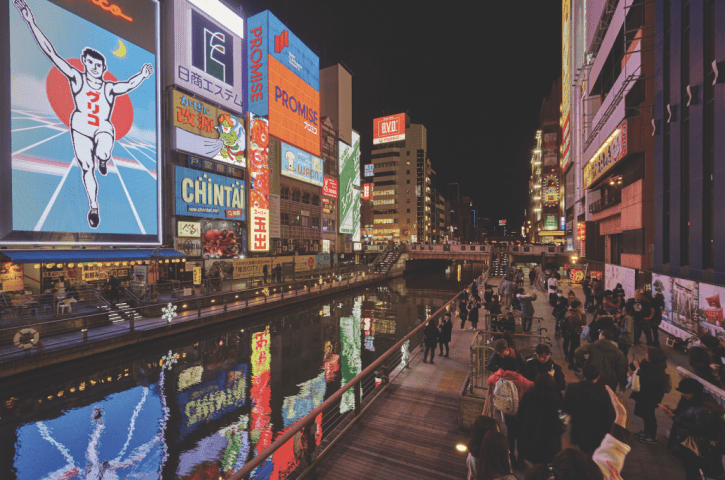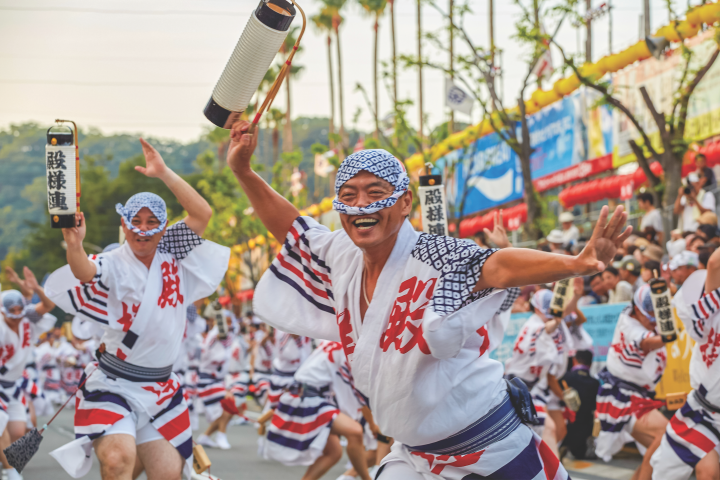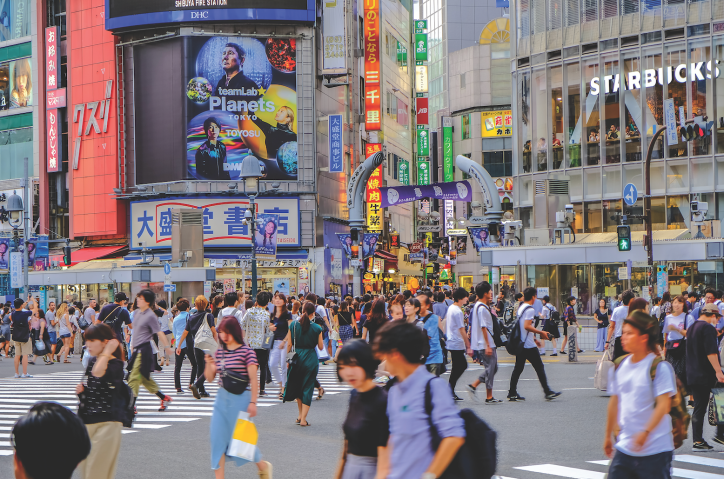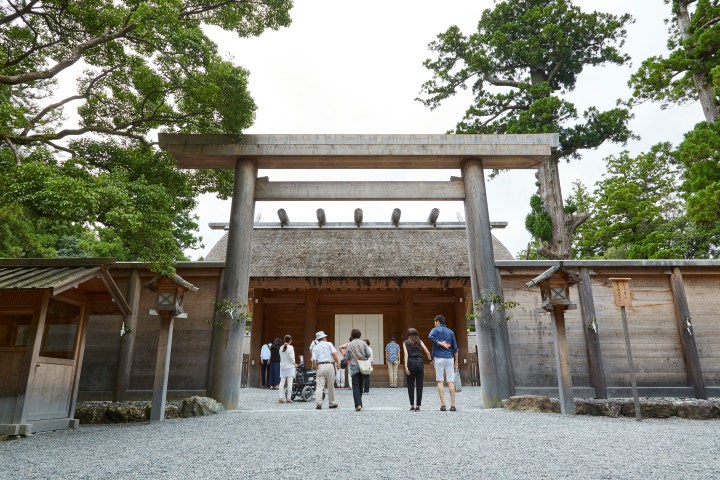See the Best of Japan in 14 Days
Wondering what to do with 14 days in Japan? This travel itinerary is a good choice for visitors making their first journey to Japan and can be done largely by train (local, express, and bullet train), with a few legs of the trip done by rental car or ferry. You’ll see urban jungles, traditional temples, gorgeous scenery, fascinating historic sites, and you’ll eat very well along the way.
If this itinerary seems a bit ambitious, you could leave off Kanazawa and the Japan Alps and give yourself a buffer day or two in Tokyo and Kyoto.
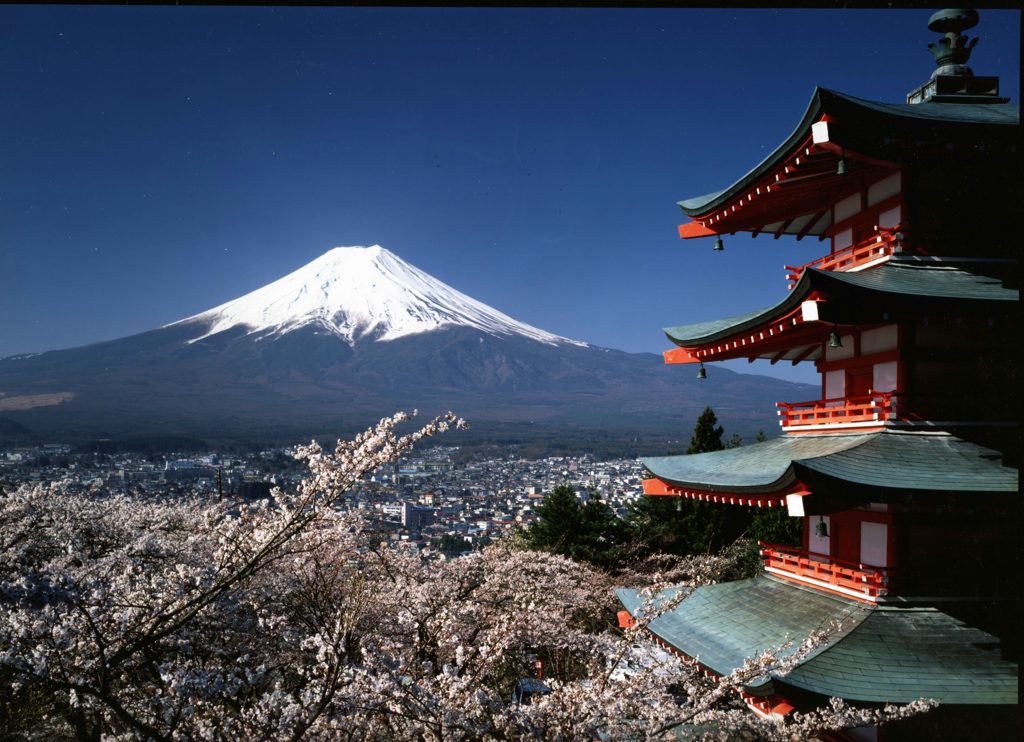
This itinerary assumes you will start exploring the day after you arrive (in either Narita or Haneda). The first night, just plan on getting to your accommodation and sleeping off some jetlag.
Tokyo
For your time in Tokyo, the western districts of Shinjuku or Shibuya or the upscale area around Tokyo Station would each be a good place to base yourself.
Day 1
Get acquainted with Tokyo’s modern side by exploring Shinjuku, Shibuya, and Harajuku. Start at Meiji Jingū, Tokyo’s most impressive shrine, then wander through the side streets of the sprawling district of Harajuku, ground zero for youth fashion in Japan. Proceed down Omotesando and its high-end shops to Aoyama, where you’ll find the Nezu Museum’s collection of premodern Asian art and a wonderful garden. Make your way to Shibuya, the beating heart of Japanese youth culture and home to the world’s busiest intersection and finish your night with dinner and drinks at a lively izakaya in trendy Ebisu. After you’ve eaten, go for cocktails or to one of the city’s many excellent DJ bars nearby.
Day 2
Start the day by exploring the slower, old-school neighborhoods on the east side of town. Begin with a trip to the colorful Buddhist temple Sensō-ji in Asaskusa, then head west to Ueno, famed for its massive park and the Tokyo National Museum, which houses the world’s largest collection of Japanese art. Proceed to nearby Akihabara, the best spot to glimpse some of Japan’s quirky subcultures, chief of them being otaku, a catch-all word for all things geek. Take the subway to Tokyo City View in the entertainment district of Roppongi for striking views of the concrete jungle below. End the day in Shinjuku, eating dinner in the smoky alleyway of hole-in-the-wall restaurants that is Omoide Yokochō, followed by a bar crawl through Golden Gai’s drinking dens.
Kanazawa and the Japan Alps
Day 3
In the morning, take the bullet train from Tokyo to Kanazawa, a 3-hour ride, arriving in time for lunch. Spend the day immersing yourself in the rich heritage of this alluring city, which rose to prominence during the Edo period (1603-1868). There’s the beautiful garden Kenroku-en, considered Japan’s best; the stately castle Kanazawa-jō; the well-preserved Nagamachi samurai quarter; and the atmospheric geisha district of Higashi Chaya-gai. Get a good night’s sleep for a busy next day.
Day 4
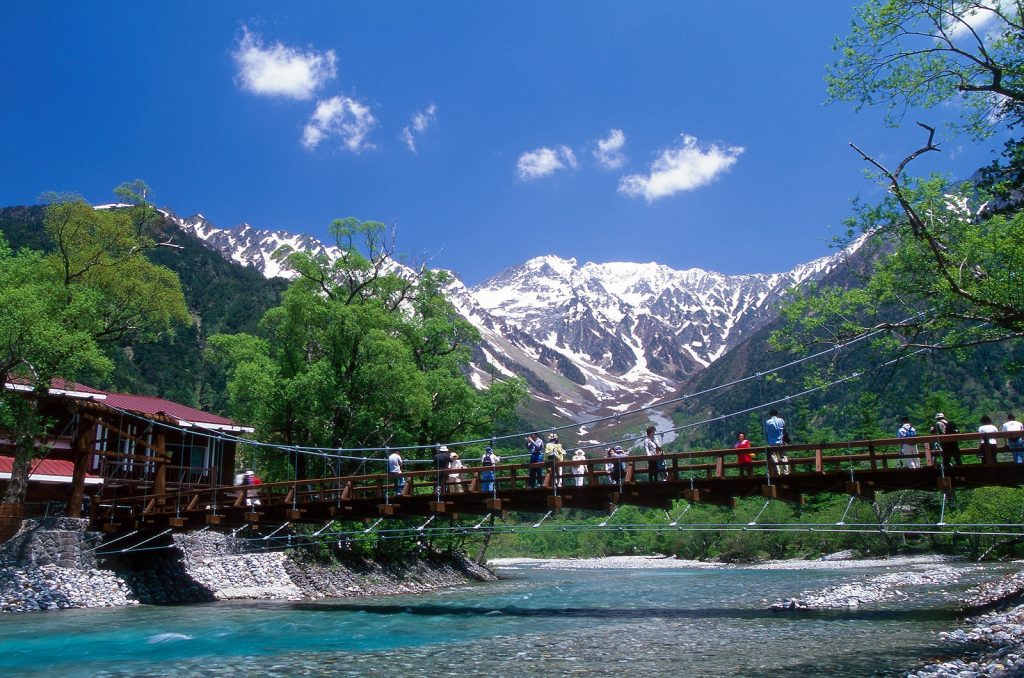
Get an early start and take the bullet train to Toyama (25 minutes), then transfer to a limited express train to the mountain town of Takayama (1.5 hours). You’ll spend the next day exploring Takayama, but first, head out for a day hike in Kamikōchi, a beautiful corner of the Japan Alps. Rent a car and drive east for about 1 hour on Route 158 to the Akandana parking lot near Hirayu Onsen. Access Kamikōchi proper by bus or taxi (20-30 minutes) from there. The trail that runs along the Azusa River, from the beautifully situated Kappa-bashi bridge to the campground and lodge of Tokusawa (4 hours round-trip), is a good choice. Have lunch at the restaurant beside Myōjin-ike pond, which you’ll pass on the hike. After returning to your car, drive 30 minutes north to Shin-Hotaka Ropeway. Board the two double-decker cable cars and ascend 800 meters (2,624 feet) to the top of Nishi-Hotaka-dake (2,909 meters/9,543 feet) to enjoy stunning panoramas of the Northern Alps. (Note: Activities like the hike and ropeway aren’t feasible during winter, roughly November- March.) Descend and drive to your ryokan of choice in the Shin-Hotaka Onsen area, just a few minutes’ drive south of the ropeway. Enjoy an evening of relaxation at one of the area’s hot-spring ryokan, where you’ll eat dinner and soak to your heart’s content.
Day 5
After having breakfast at your inn, drive roughly 1 hour southwest, back to Takayama, following routes 475, 471, and 158. Spend the first half of the day meandering through Takayama’s old atmospheric merchant’s quarter, Sanmachi Suji. After lunch—a meal centered on the town’s famed Hida beef is a good pick—venture in your rental car into the countryside west of town to the Shirakawa-gō region, famed for its traditional thatched-roof farmhouses, which are open to the public and offer a picturesque glimpse of rural life in premodern Japan. Begin in Ogimachi, 1-hour northwest of Takayama and the most famous and accessible of these folk villages. Continue deeper into the surrounding countryside, driving 30 minutes north to Suganuma, then another 15 minutes beyond that to Ainokura. Stay overnight at one of the many evocative farmhouses in the area but be sure to book well in advance: They fill up fast.
Kyoto
For your time in Kyoto, Gion or downtown make convenient bases.
Day 6
Head back to Kanazawa and drop off your rental car. Then, hop on a bullet train bound for Kyoto, a 2.5 hour ride that should get you to town in time for lunch. After you’ve arrived, check into your room and spend the remainder of your daylight hours exploring a few of the city’s major sights. Consider the hillside temple of Kiyomizudera, the majestic Pure Land Buddhist temple of Chion-in, and maybe Nijo-jō castle. In the evening, splurge on a once-in-a-lifetime dinner at a kaiseki ryōri restaurant, followed by cocktails or whisky at one of Kyoto’s discerning purveyors of the spirit.
Day 7
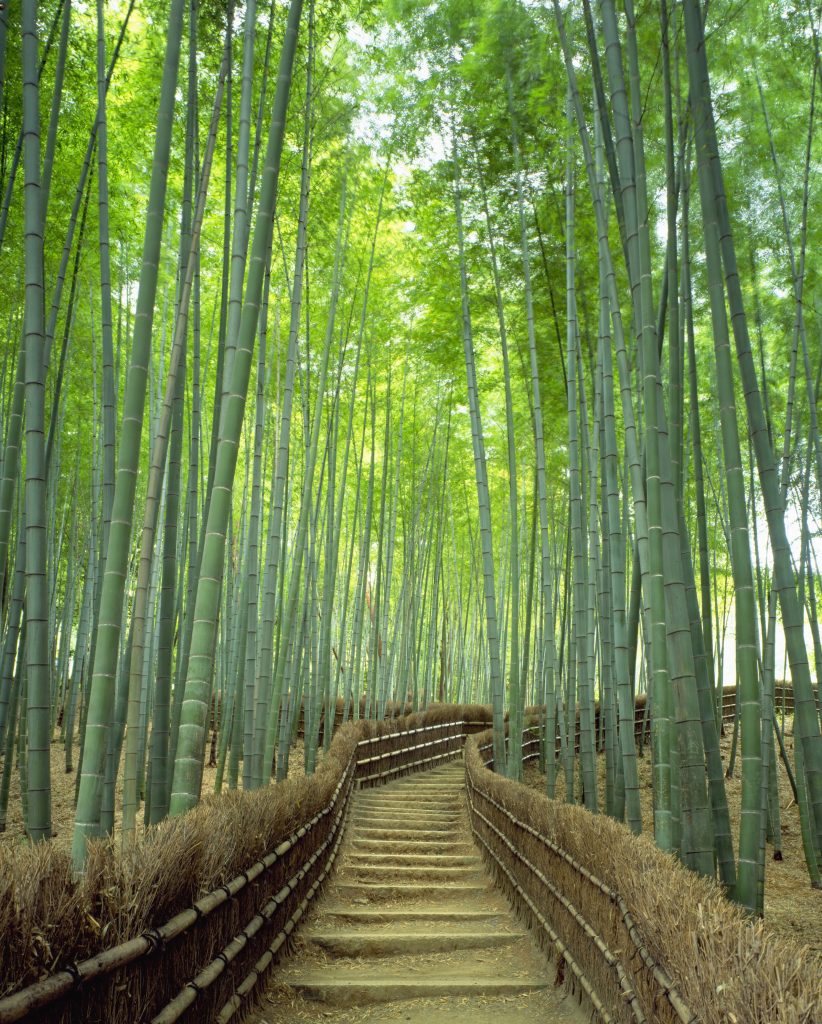
Discover Kyoto’s less crowded side on your second day in the city. Head to Arashiyama’s famous bamboo grove, and be sure to visit the less crowded Okochi-Sanso Villa, once home to a Japanese movie star and famed for its sublime gardens and traditional architecture. The atmospheric temples of Jōjakkō-ji, Nison-in, Giō-ji, and Adashino Nenbutsu-ji are all within 20 minutes’ walk north of the villa, with a fraction of the crowds that visit the grove. Backtrack to the Katsura-gawa and have lunch at one of the eateries lining the river. After lunch, make your way to Ryōan-ji to check out the temple’s rock garden and some of the other famous sights in the area, such as the gold-leaf-covered Kinkaku-ji. Plan on having dinner in the Gion district. Consider seeing a geisha performance after dinner, followed by a stroll down the dreamy, lantern-lit alleyway of Pontochō.
Kōya-san
Day 8
In the morning, make your way north to visit some of the spiritual gems of the Higashiyama neighborhood, from important Zen temple Nanzen ji to Ginkaku-ji, the silver companion to golden Kinkaku-ji, and the contemplation-inducing Philosopher’s Path. After having lunch in the area, depart Kyoto, making your wayto the mountain hermitage of Kōya-san, roughly 3.5 hours south of Kyoto by limited express train, via Osaka. Once you’ve arrived at the remote mountain hermitage, check into your shukubō (temple lodging), where you’ll be based for a night. In the remaining daylight, explore Kōyasan’s temples and the atmospheric cemetery of Okuno-in. For dinner, eat like a monk with a feast of shōjin ryōri (Buddhist vegetarian fare) at your temple-cum-lodging.
Himeji and the Inland Sea
Day 9
After an early breakfast at your shukubō, leave Kōya-san and begin your journey west, toward the “art island” of Naoshima. This picturesque island in Japan’s gorgeous Inland Sea has developed a reputation for its eclectic modern art museums, sculptures dotting the landscape, and charming villages. But first, take the local train to Shin- Osaka, then hop on the bullet train to Himeji, 3.5 hours into your journey, to pay a visit to Japan’s greatest fortress, Himeji-jō (aka “White Heron” castle). Have lunch before continuing west to Okayama by shinkansen (20 minutes), transfer to the JR Uno-port line, and ride until the port of Uno (45 minutes). There, board a 20-minute ferry to Naoshima.
Day 10
Wake up early and have breakfast at one of Naoshima’s charming cafés. Get a bicycle so you can explore the island’s buzzing art scene on two wheels. Start at the Art House Project, empty houses transformed into works of art the old village of Honmura, then head to museum-cum-hotel Benesse House and the Chichū Art Museum, built directly into the earth. This stretch of coast offers dramatic views of the sun as it dips below the Inland Sea.
Day 11
Take a 20-minute ferry from Naoshima to the less-crowded neighboring island of Teshima. Explore the island’s experimental art sights, cleverly integrated into the landscape. After having lunch at one of Teshima’s many charming cafés, make your way back to the mainland via ferry to Uno port and travel by a series of trains west to Hiroshima, about 1.5 hours total travel time. For dinner, try the city’s signature spin on okonomiyaki, a delicious savory pancake.
Hiroshima and Miyajima
Day 12
Visit Hiroshima’s Peace Park in the morning for a sobering lesson on one of the darkest moments in Japan’s history. Next, take the JR San’yō line from Hiroshima Station to Miyajimaguchi Station (25 minutes), before walking to the nearby ferry terminal for the 10-minute trip to nearby Miyajima and Itsukushima-jinja, famed for its “floating” torii shrine gate. By mid-afternoon, return to Hiroshima and hop on a bullet train to Osaka, less than 1.5 hours’ ride east, where you’ll stay for the night. Spend the evening soaking up Osaka’s brash nighttime vibe in its Dōtombori neighborhood on the south side of town.
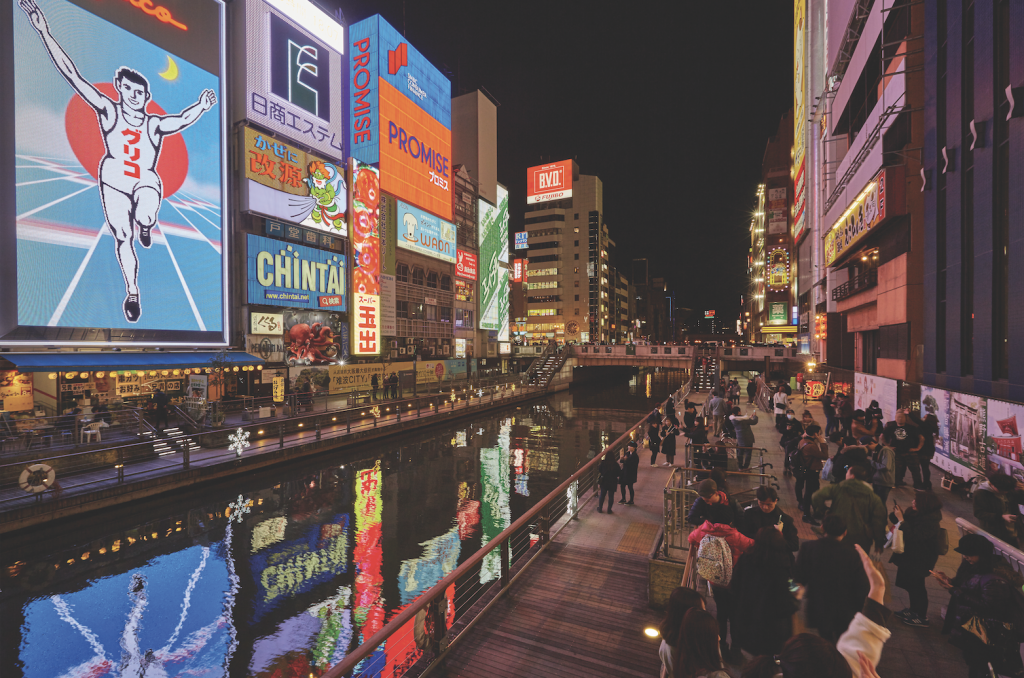
Osaka and Shuzen-ji Onsen
Day 13
After waking up at a suitably late hour—allowing yourself to recover if things got rowdy the night before—spend the late morning exploring Osaka’s north side (perhaps riding to the top of Umeda Sky Building for 360-degree vistas of Japan’s third largest metropolis) and have lunch before hopping on the bullet train to start the long journey back toward Tokyo. On the way, stop at the hot-spring mecca of Shuzen-ji Onsen, located a few hours by southwest of Tokyo. To reach Shuzen-ji from Osaka, take the shinkansen from Shin-Osaka Station to Atami (2 hours 20 minutes), then transfer to the limited express Odoriko (40 minutes). Stay for the night at a ryokan (traditional inn), soaking in onsen baths, donning a yukata (lightweight kimono), and enjoying Japan’s legendary spirit of hospitality (omotenashi).
Tokyo
Day 14
After a leisurely breakfast at your ryokan and a final onsen soak, make your way back to Tokyo by train by lunchtime and check into your accommodation for the night. Revisit any parts of the city that particularly spoke to you or take care of any remaining souvenir shopping before your return flight home the next day.
Start planning your adventure today:
By clicking ‘Sign Up,’ I acknowledge that I have read and agree to Hachette Book Group’s Privacy Policy and Terms of Use
What to read next:
Pin it for Later
